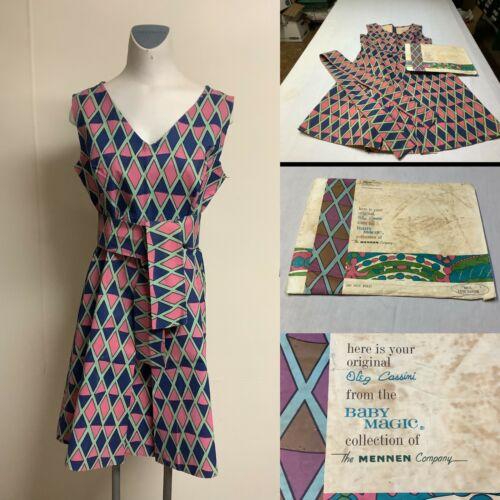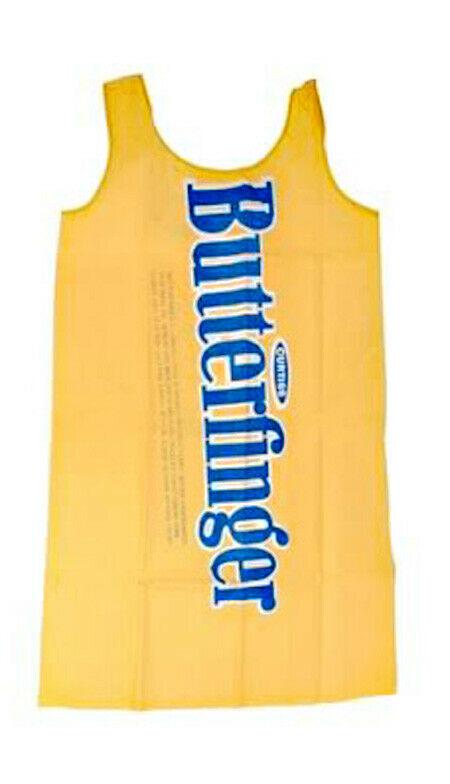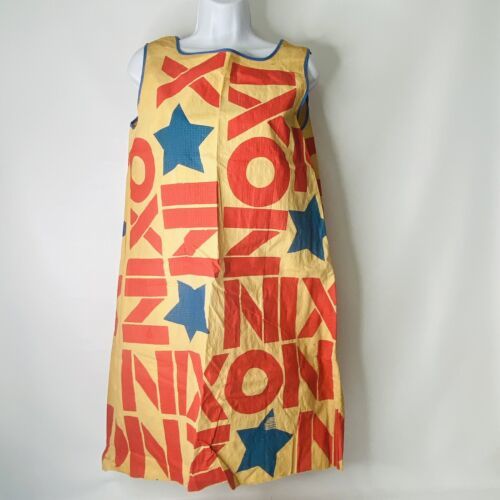
Our mental images of paper dresses come from a couple of places: the fashions we put on paper dolls in our childhood, and the young, hip women of the 1960s, tricked out in disposable glory.
Paper clothing, made for actual humans, is what we’re interested in here—but, as it turns out, that topic covers more than we think. Paper clothing might have been a fad in the 1960s, but it was anything but new.
It All Started When…
While the trend peaked in the 1960s, paper clothing is ancient. The practice started in China centuries ago, spread to Japan in the 10th century, and became something of an art form in the Edo period (roughly the early 1600s to mid-1800s).
Cai Lun, a Chinese courtier, is credited with the initial invention of paper. In the Han dynasty, people wore paper clothes for insulation against cold (a quality any cat sitting on a newspaper can tell you all about). The go-to became washi, a paper usually made from mulberry bark, hemp fiber, and linen.
During the Tang dynasty, Chinese military armor was made from a thick paper that proved so tough it was sometimes more desirable than steel. In Japan, monks used old paper texts to form new garments. By the time paper was used for fashion and not just frugality, washi was the material of choice, even appearing in kabuki theater costumes.
While the collector might have to be content with a trip to a museum to see an original washi garment fit for warriors, reproductions can be found: a 1990 reproduction washi battle shirt went for $75 in September 2020.
Washi also surfaced during goods shortages when it was created anew by Austrian and German companies and later during World War II.
Today’s collectors will most likely desire paper dresses from the late-mid-century craze. They are the easiest to acquire, with costs ranging from under $100 to well into four-digit prices.

Paper “Fabric” Leads the Way
The Scott Paper Company of Philadelphia developed cellulose “fabric” in the late 1950s, specifically DuraWeave, which it patented in 1958. This material was made with disposable medical and dental garments in mind, like those we still have today.
In 1966, Scott created paper dresses as an advertising gimmick. After mailing in a coupon plus $1.25 for a “Paper Caper,” you could receive one in black and white or another in a red bandana pattern. However, the spirit of the time provided the perfect environment for this simple trick to evolve quickly into a trend. (The collector after the original “Paper Caper” needs no coupon but a fair amount of cash—a black-and-white patterned one went for $300 in April 2023.)
Thus began a brief, glorious era of paper dresses as wearable pop art fashion. Though paper clothing existed beforehand, the 1960s version partook not of tradition or desperation but of joy in the ephemeral, of mayfly trends and the optimism of always looking forward to whatever the new thing might be. And while men’s and children’s paper clothing was also available, the focus was on dresses and the (young) adult female form.

Much More Fun
Collectors seem to seek this clothing because it captures a certain spirit of its time. Girls were allowed to explore and express themselves in fun ways apart from domesticity—a paper dress was the opposite of the pounds and layers of durable clothing a mod girl’s Victorian great-grandmother was expected to conceal her virtue behind. And the spirit could be captured by altering their dresses with nothing more complicated than a pair of scissors. Art, which anyone could create, was in the air, not kept in elite galleries and dim ateliers. And bright colors, once associated with cheapness and vulgarity, were signs of chicness and style.
Paper dresses mostly came in simple, sleeveless A-line shifts with little ornamentation outside their colorful patterns. However, a few had shoulder ties, sashes, or belts, like one designed by Oleg Cassini, which went for $195 in December 2021.
Riding on Scott’s (paper) coattails, Mars of Asheville, a paper company in North Carolina, also got into the trend. The firm tried selling its own line of paper garments, made of the Mars cellulose (dubbed Kaycel), but didn’t see much success until its northern cohort’s work got off the ground. At that point, Mars went so far as to open the Waste Basket Boutique, a retail outlet to peddle its wares, though it also had a healthy mail-order business.
Not Just a Fashion Statement
While they were conceived as fashion statements, the dresses served more practical ends. A California woman wrote to praise Mars that over three days, she had cleaned house, gardened, washed dogs, bathed several kids, did everything a busy housewife and mom could reasonably do, and the dress was still intact.
The message was clear—a paper dress could be used to spare the wear and washing of regular dresses and be a fun and fashionable alternative at the same time.
Sometimes paper dresses served other purposes: referred to by some as “poster dresses,” they were used as advertising vehicles: the Campbell’s Soup Company created the “souper dress,” a playful callback to Andy Warhol’s Campbell soup can art from a few years before (Warhol had nothing to do with it), and Richard Nixon’s campaign commissioned a dress for female fans during his run for the presidency.

A copy of the Nixon dress went for $175.95 in March 2023. A souper dress, whether because of the ersatz Warhol association or some other reason, went for an astonishing $4,788 in March 2023; most copies of the latter easily go for at least $1,000 and often more.
Alas, It Was a Fad
As you’d expect, the days of such a—pardon the pun—lightweight fad were numbered. A growing trend against consumerism and for environmental awareness made paper garments, at least those created for pure fashion, fall from favor after only a couple of years.
Paper clothing’s moment, at least outside medical or other professional settings, may be gone for good, but its colorful remnants yet await the nostalgic collector.
Shannon Watkins is a journalist and writer from Virginia who enjoys baking cookies, reading, watching TV shows and movies, and shameless loafing about.
WorthPoint—Discover. Value. Preserve.
The post Was Paper Clothing Just a Fashion Fad? appeared first on WorthPoint.

